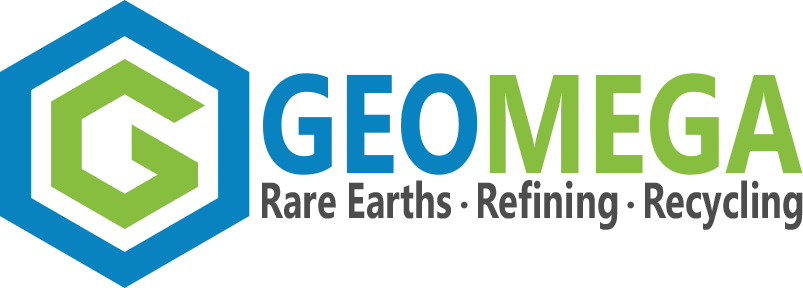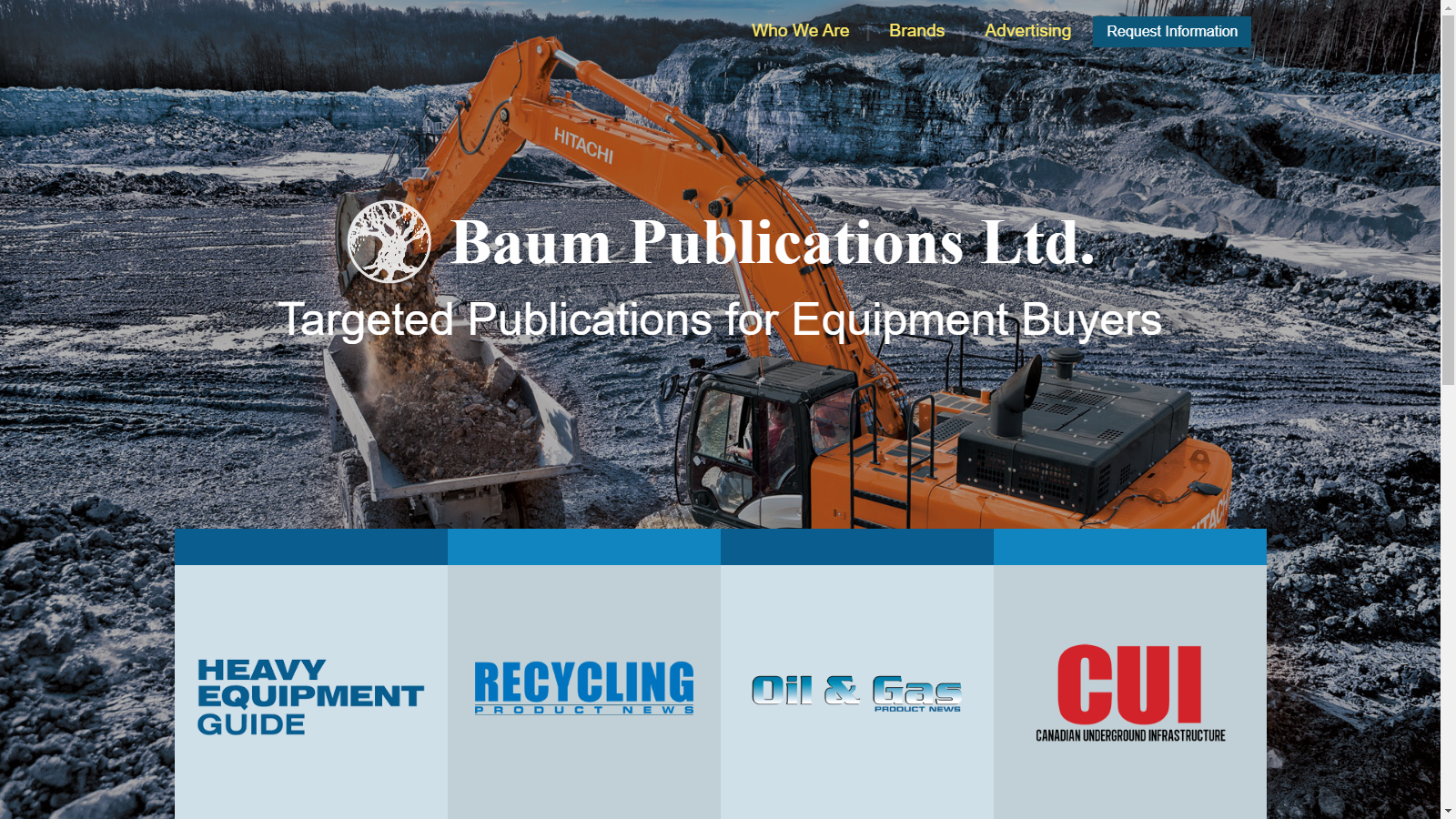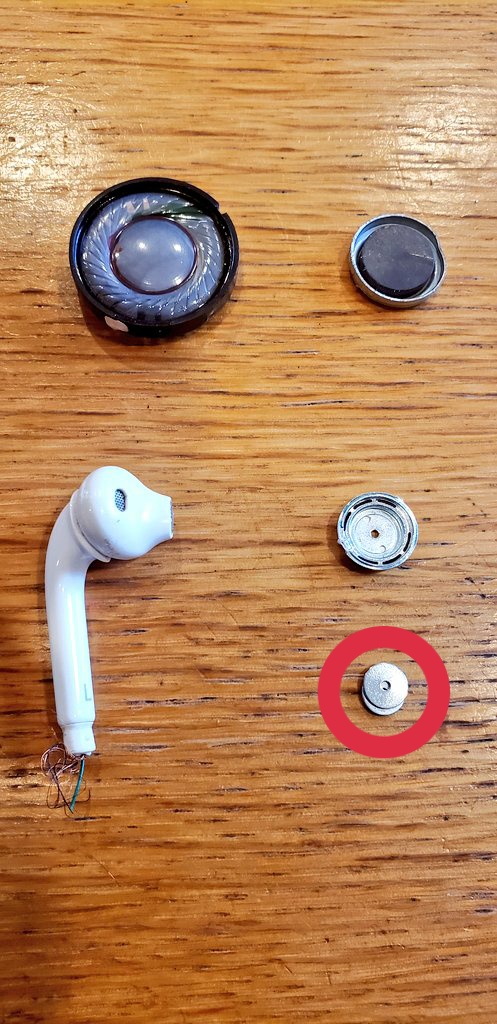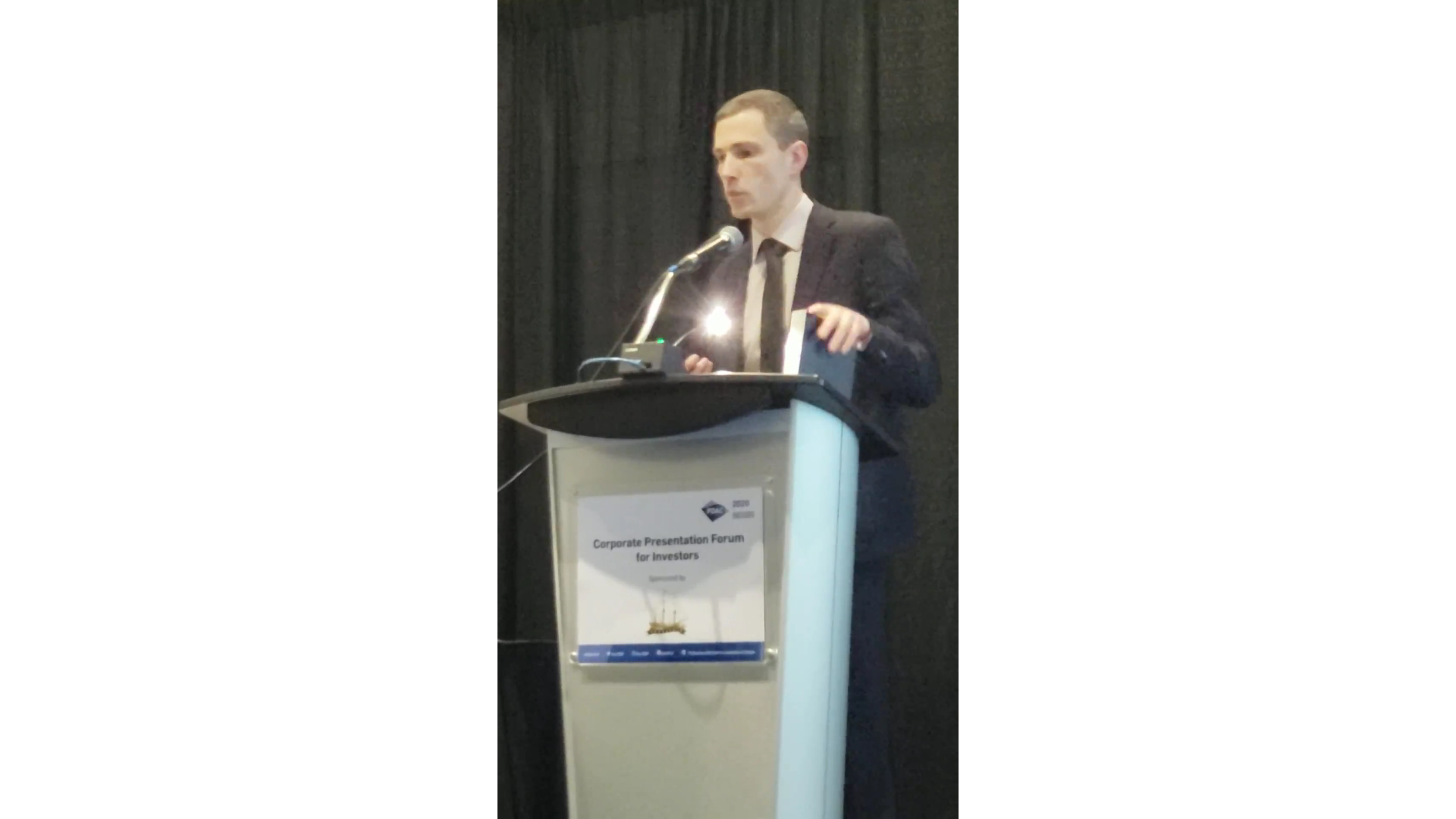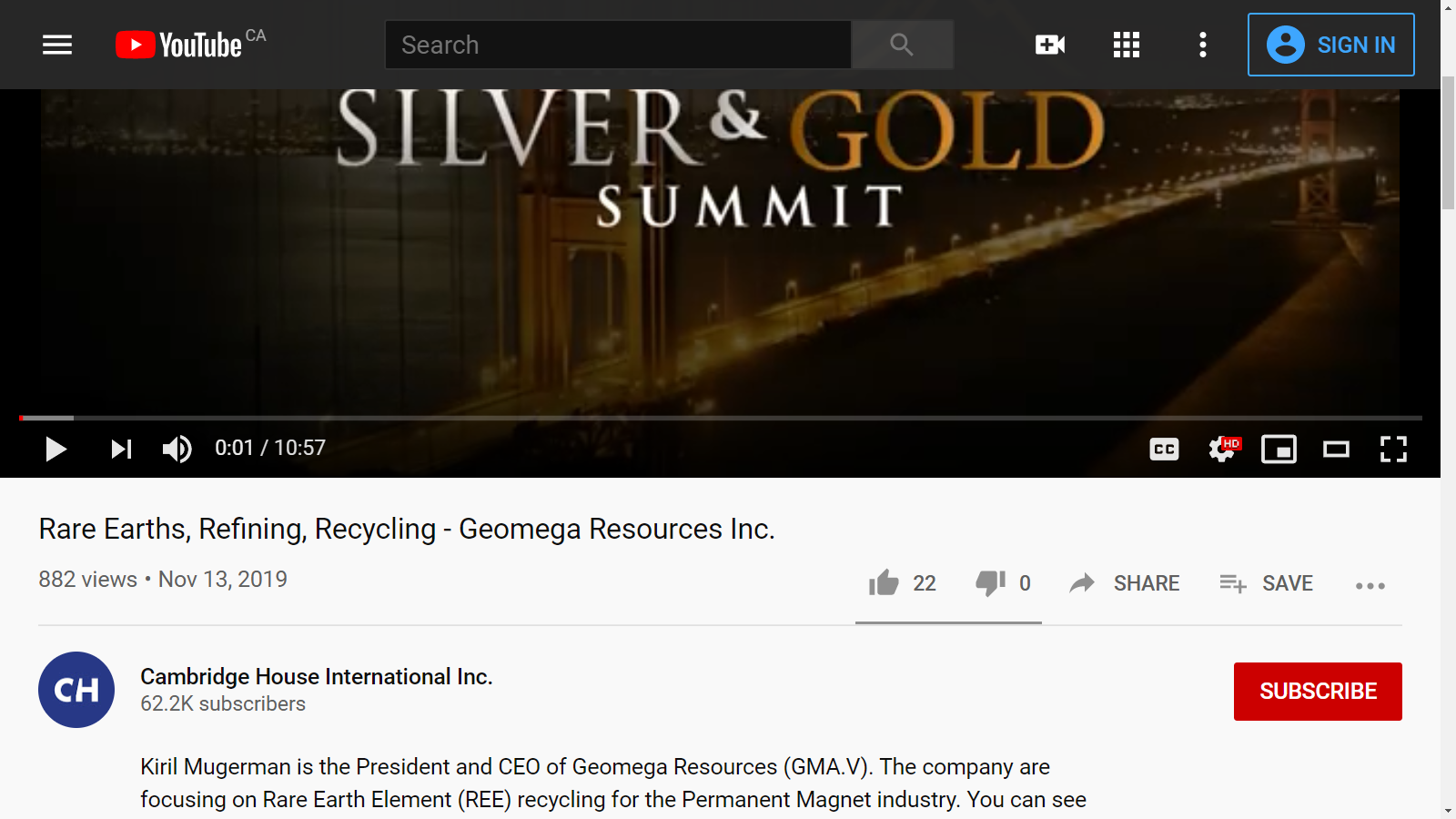Slone Fox May 08, 2020 Q&A with Geomega’s President and CEO, Kiril Mugerman
Kiril Mugerman, “When you recycle magnets, you are dealing with material entering at an average 30 percent rare earth oxide (REO). It doesn’t matter if we are getting a magnet from China, the US, Canada, or wherever — it’s always going to be running at approximately 30 percent rare earths. And it’s not just any rare earths. It always has those four elements: Nd, Pr, Dy, Tb. We don’t have to deal with any of the low value elements, like lanthanum and cerium. Mines like that just do not exist. Even if you were to imagine a mine with a grade of 80 percent REO, only 20 percent to 30 percent of that would be the 4 HHREE which would make the HHREE content 18 to 27 percent. Again, this is just hypothetical because a mine like that cannot exist because REO distribution is controlled naturally and you cannot have a mine with one element and not the other. Chemically they just stay together. “
